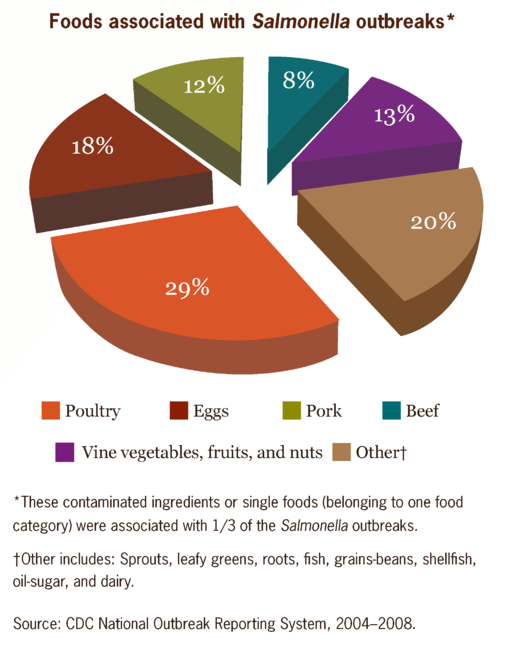 July 28 has been marked as the beginning of this year’s International Association of Food Protection conference. There were 2,700 attendees who came from different parts of the world. The attendees aimed at sharing new innovations in food safety philosophies and technology. The former United States FDA’s Associate Commissioner for Foods, Dr. David Acheson, delivered the keynote address. Acheson began by stating that his intention is to be provocative rather than offensive and went on to mention the need to shift the approach of the food industry with respect to food safety improvements. He gave a thesis’s overview claiming that historically, improvements in food safety have often been made following fatal outbreaks. He said that it was essential to move to a paradigm that would lead to planning and coming out with the best food safety programs to prevent the risk of outbreaks.
July 28 has been marked as the beginning of this year’s International Association of Food Protection conference. There were 2,700 attendees who came from different parts of the world. The attendees aimed at sharing new innovations in food safety philosophies and technology. The former United States FDA’s Associate Commissioner for Foods, Dr. David Acheson, delivered the keynote address. Acheson began by stating that his intention is to be provocative rather than offensive and went on to mention the need to shift the approach of the food industry with respect to food safety improvements. He gave a thesis’s overview claiming that historically, improvements in food safety have often been made following fatal outbreaks. He said that it was essential to move to a paradigm that would lead to planning and coming out with the best food safety programs to prevent the risk of outbreaks.
To make the suggested shift a reality, Acheson acknowledged the fact that there are many barriers. Hence, many efforts should be directed towards implementing effective programs. According to Acheson, four key outbreaks inspired great transformation in food safety. The first is the E. coli outbreak of 1993. The second is the 2006 spinach E. coli outbreak, which inspired the implementation of food industry standards such as Leafy Green Marketing Pact. The third is melamine pet food outbreak in China, and the last is the 2008-09 Salmonella outbreak linked to American peanut butter. Acheson asserted the need for each person to play a role in promoting food safety. This implies that the food industry, consumers, and regulators all have a role to play in ensuring food safety and promoting public health. Each of the mentioned groups should keep in mind that it is impossible to eliminate the risk of food-related diseases completely.







Leave A Comment